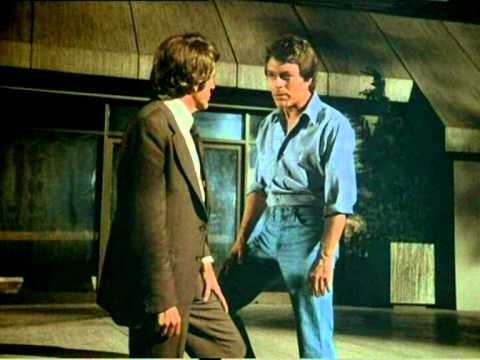The legacy of the Incredible Hulk spans decades, captivating audiences with a story that melds science fiction with raw human emotion. This green giant, whose duality embodies both rage and heroism, continues to resonate in popular culture, echoing through comic books, blockbuster movies, and influential TV shows. With each portrayal, the Incredible Hulk remains a timeless figure, reminding us of the internal battles we all face.
The Incredible Hulk’s evolution isn’t just a tale of a superhero; it’s a reflection of society’s struggles with anger, culture, and the complexities of being human. From his inception in comic books to his integration into the Marvel Cinematic Universe alongside characters like Captain Marvel, this giant has maintained a presence that echoes brilliantly across genres. Let’s dive in and explore the reasons the Incredible Hulk remains an iconic superhero.
Top 7 Reasons the Incredible Hulk Remains an Iconic Superhero
Consider this: every time Bruce turns green, it’s like he’s navigating a dark labyrinth of his psyche. Fans witness not just the anger of a superhuman but the pain of a man struggling with his own identity. This very aspect captivates viewers, leading them to see parts of themselves in his chaotic journey.
The Hulk’s cinematic shift is an excellent mirror to popular culture’s changing perceptions of superheroes. The evolution showcases not just what’s popular in films, but what audiences connect with emotionally. Each cinematic appearance builds on the last, enriching the overall tapestry of superhero storytelling.
For instance, while Batman in “Batman: Caped Crusader” dives into mental challenges, Hulk’s confrontations are raw, showcasing pure, unfiltered strength. This juxtaposition of physicality against mental depth brings a rich dynamic to the superhero genre, drawing audiences in by offering diverse narratives to explore.
Hulk’s anger, rather than being destructive alone, also reveals the complexities of his persona. Instead of offering easy resolutions, the narratives acknowledging his rage invite audiences to reflect on their emotional struggles. It’s this raw honesty that enhances the viewing experience for superhero narratives.
The presence of formidable villains enriches the storytelling landscape, crafting scenarios where Hulk must reckon with his inner fury while battling external threats. This contrast underscores the variety of hero archetypes in cinema.
More importantly, Hulk’s narrative reflects and often critiques societal attitudes toward anger and mental health. He embodies a rawness that resonates with audiences, showcasing that struggles with inner demons are universally human experiences. Society is evolving, and so too is our understanding of emotions through characters like Hulk.
The conversation surrounding Hulk and his emotional depth pushes audiences toward greater empathy and understanding. Engaging with these themes allows fans to see beyond the surface of the ‘green giant’—discovering a layered narrative that resonates with everyone’s personal battles.
As the legacy of the Incredible Hulk continues to unravel, it invites both seasoned comic fans and newcomers to delve deeper into the person behind the rage—a journey filled with power, frustration, and reflection. The Incredible Hulk isn’t just a character; he’s a cultural landmark, symbolizing the intricate dance between strength and vulnerability, and reminding us all of the perpetual struggle of being human. Whether it’s battling supervillains or confronting his own demons, Hulk remains a testament to resilience in an increasingly complex world.
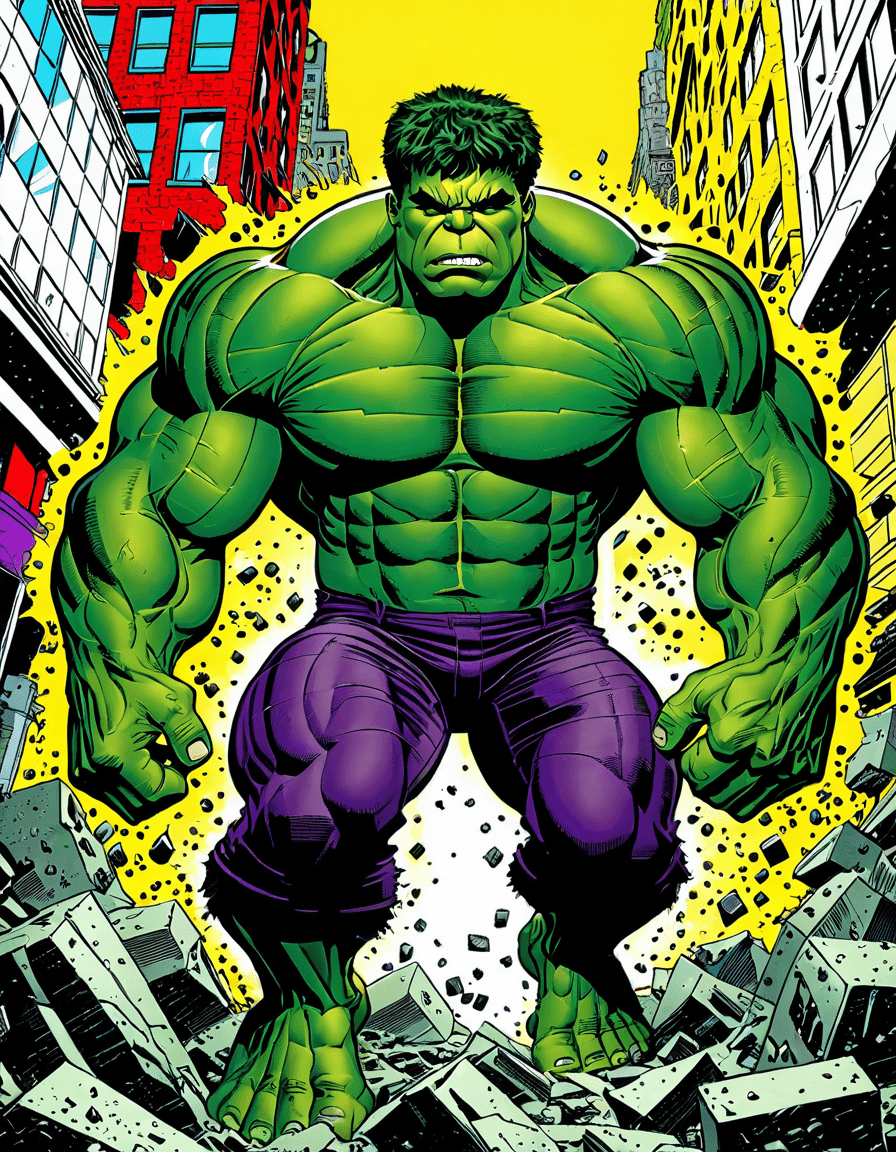
The Incredible Hulk: Power and Rage Behind the Legend
A Hero’s Big Green Origin
Did you know that the character of the Incredible Hulk first smashed onto the scene in 1962? Created by Stan Lee and Jack Kirby, the Hulk was designed as a modern-day Jekyll and Hyde—an exploration of the human psyche, where rage could transform the mild-mannered Bruce Banner into a monstrous giant. This theme of duality has always resonated, just like the music of artists such as Al Green, whose soulful tunes can evoke powerful emotions. Interestingly, Bruce Banner’s transformations weren’t always just about physical changes; they often reflected society’s fears and struggles, much like the comic world’s embrace of characters like Viktor Krum, showcasing how heroes can come in many shapes and sizes.
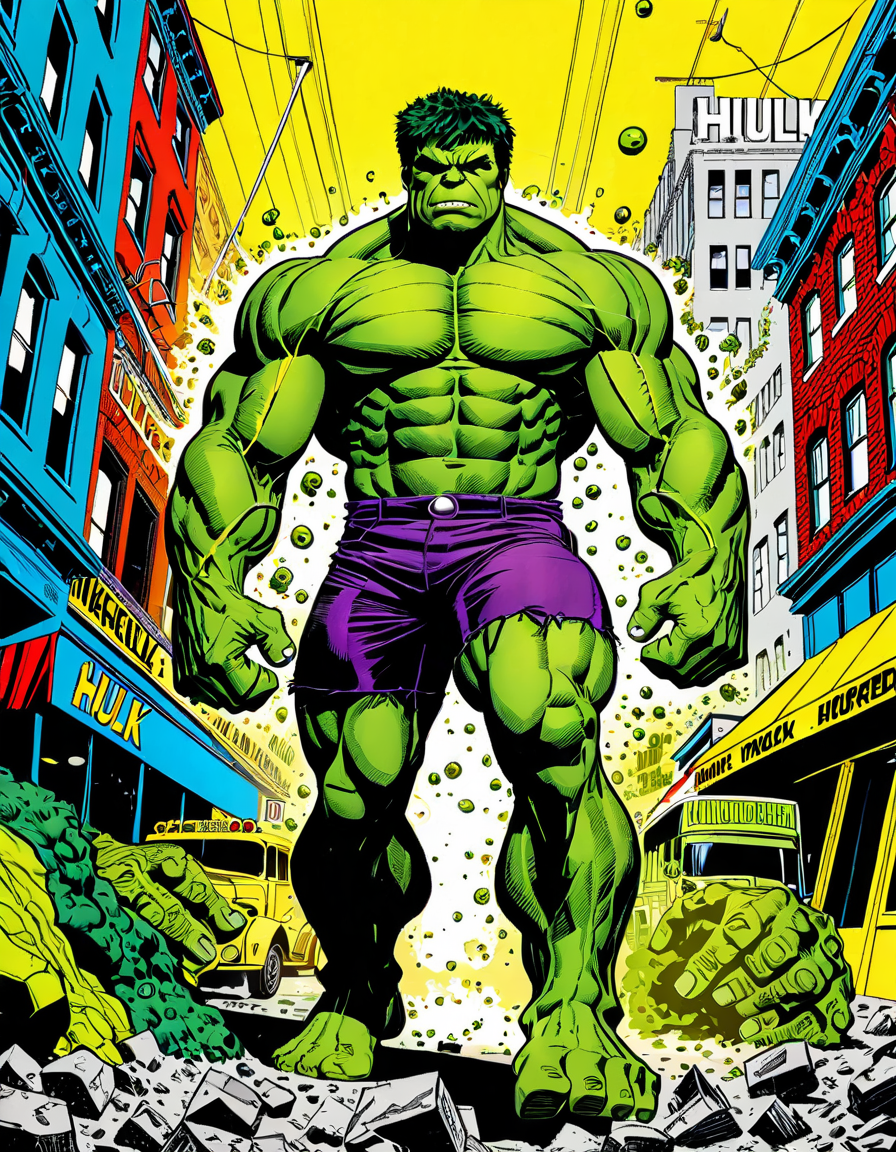
Hulk’s Pop Culture Impact
The cultural footprint of the Incredible Hulk is enormous. Beyond comic books, he’s appeared in countless TV series and movies, making him a staple in pop culture. You can even catch him in comedies like Along Came polly, where he takes on a playful cameo, showing that even the strongest beings have a lighter side. His adventures sometimes even echo our own—reminding us that everyone can feel a bit like the Hulk after a rough day, much like how Ray J embraced challenges in his career. This blend of humor and intensity makes the Hulk relatable, transforming the character into a beloved icon that bridges the gap between fun and fury.
Beyond the Screen
The Incredible Hulk has not only thrived in comics and films but has also made waves in various media, including animated series and video games, tapping into the ever-growing fanbase. For instance, the excitement around characters like in The New Mutants reflects a similar thirst for compelling storytelling that fans have for the Hulk. Additionally, collaborations and parodies in shows featuring talents like Fred Armisen highlight how the green giant has become part of the humor landscape. Each iteration, like the contemplative tones in Porni, brings forth a fresh perspective on the Hulk’s struggle, further cementing his place in entertainment history and among fans.
As we continue to explore the legacy of the Incredible Hulk, it’s clear that the character will keep evolving, powerful and raging on both new and old mediums alike.
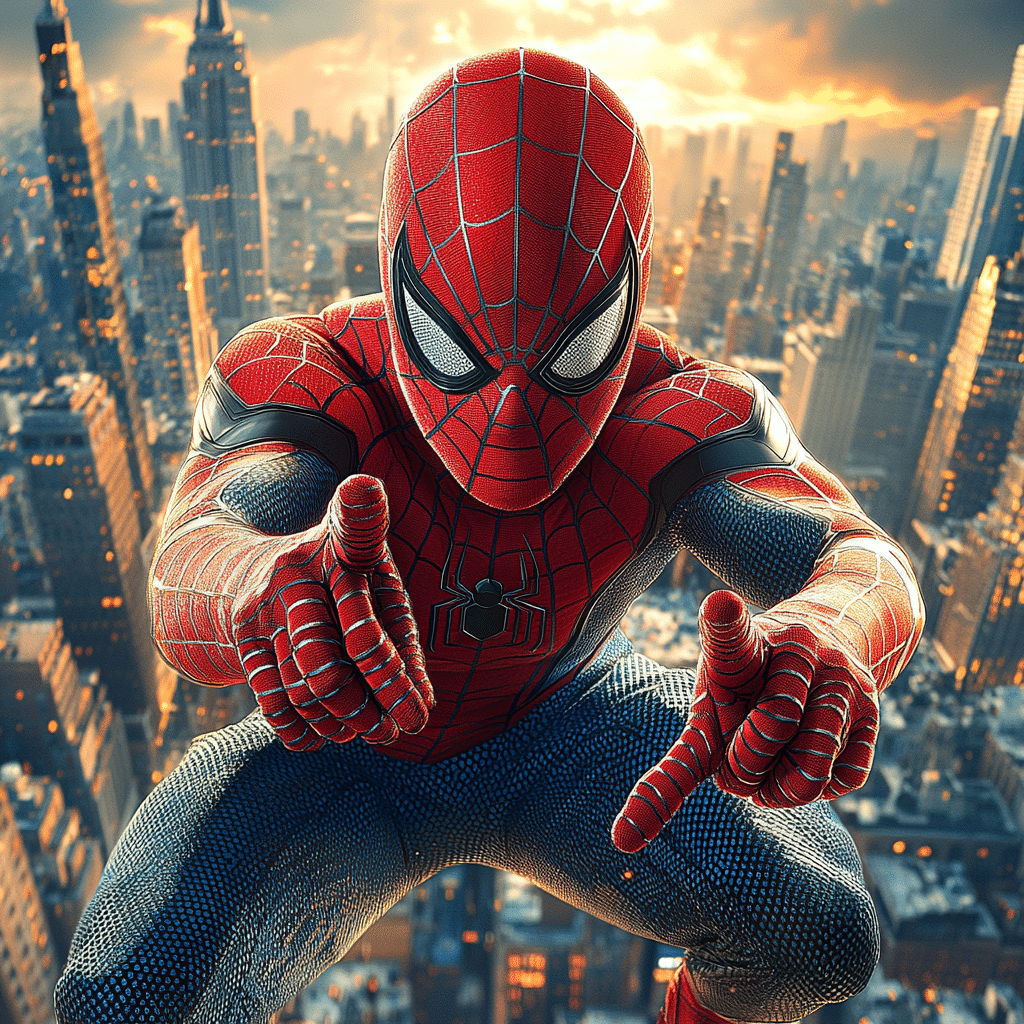

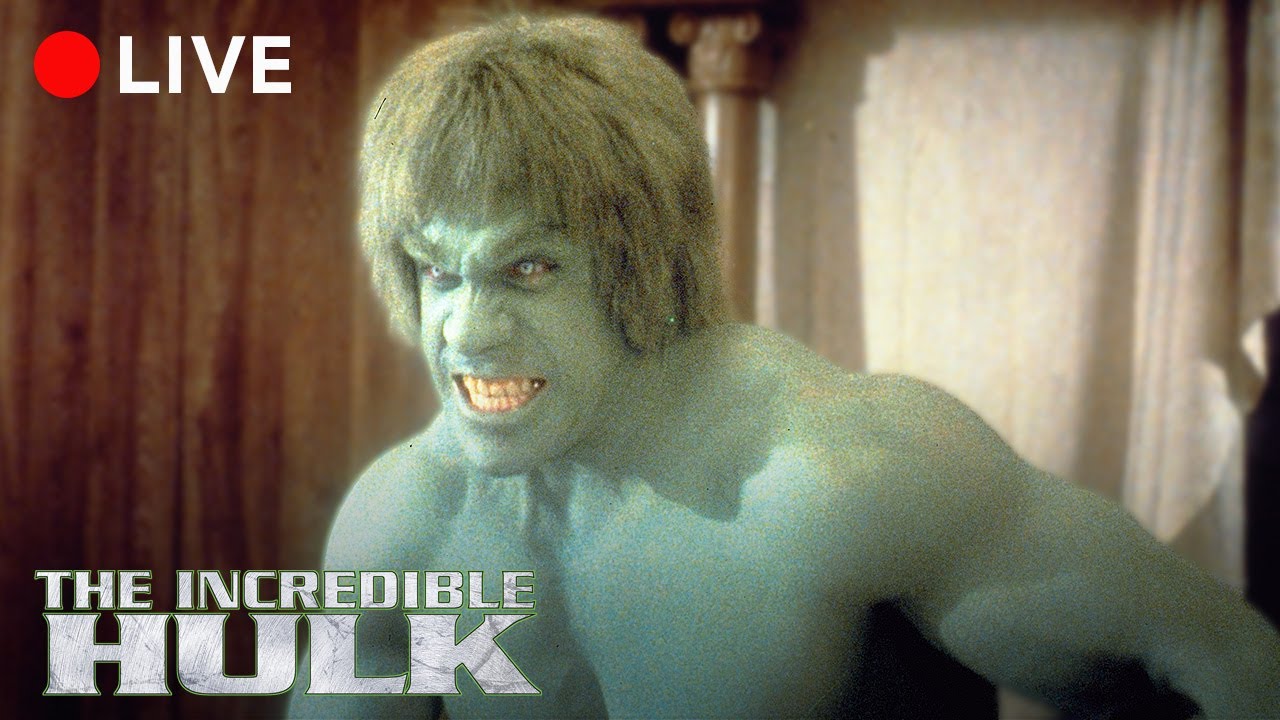
![The Incredible Hulk : Hulk vs Abomination | Final Battle Scene [4K HDR]](https://www.cinephilemagazine.com/wp-content/cache/flying-press/fc77022cdb48b96ec7ee0a05bfde94a6.jpg)
